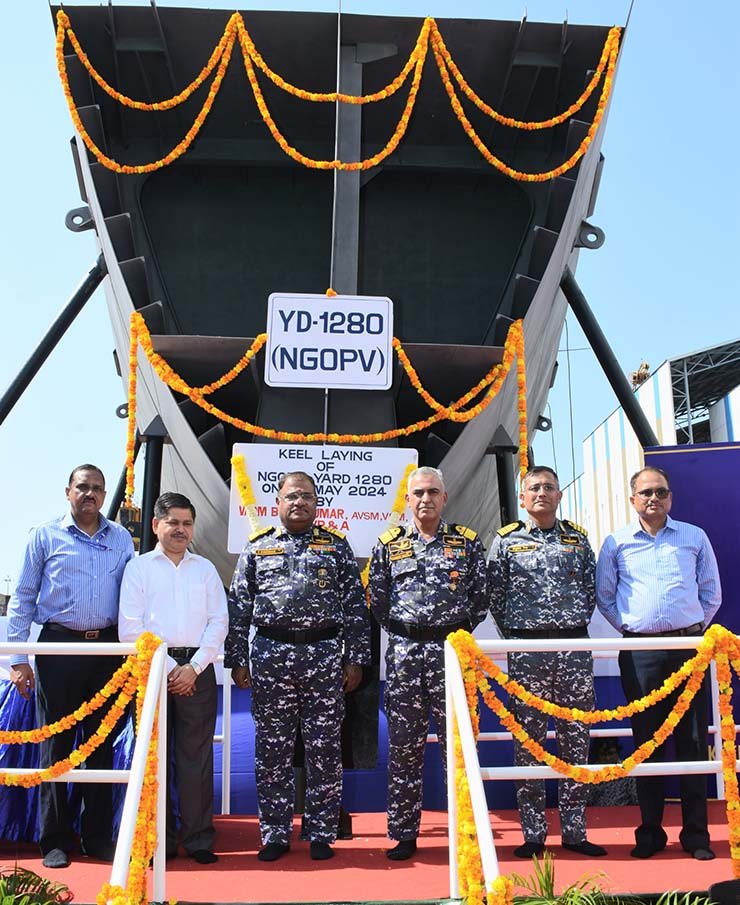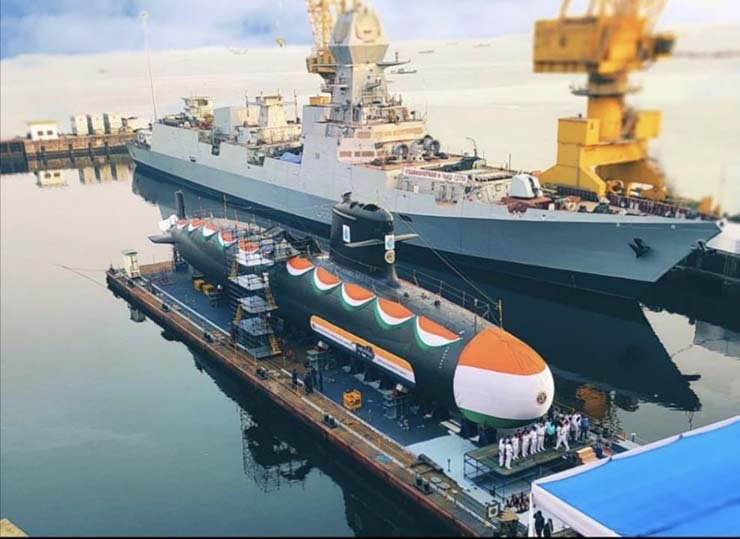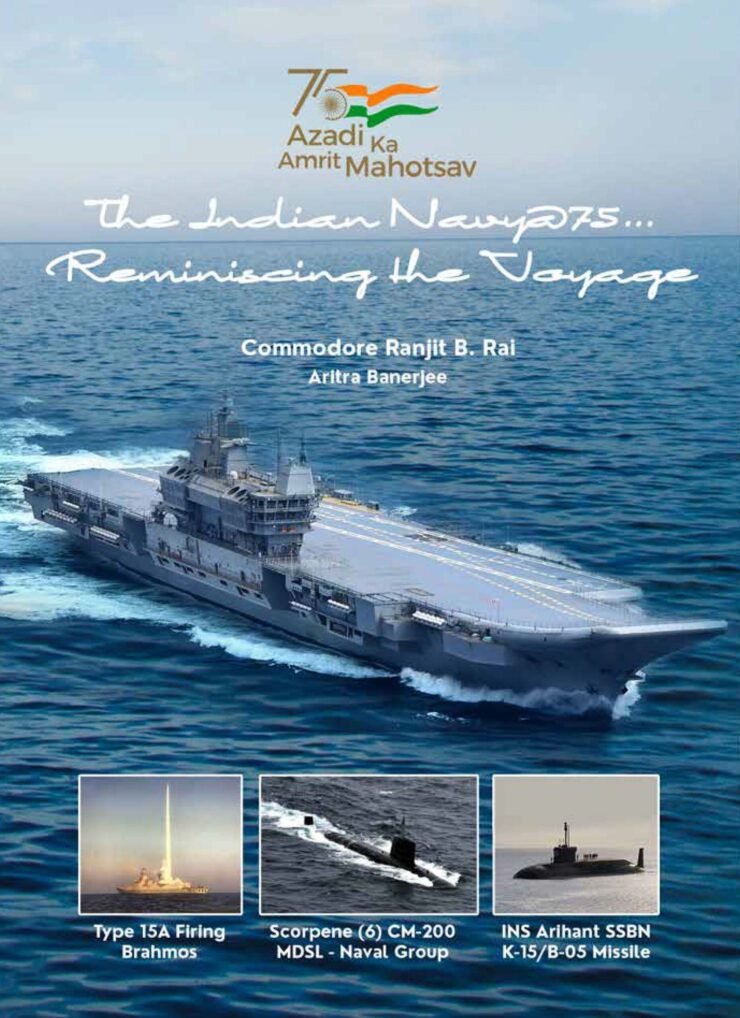The influence and contribution of the seas on world history are vital and have been a fascinating journey, as described in historian Paul Kennedy’s book, The Rise and Fall of the Great Powers: Economic Change and Military Conflict, published in 1987. This work explores the politics and economics of the Great Powers from 1500 to 1987 and examines the reasons for their decline. Kennedy attempted to forecast the positions of China, Japan, the European Community, and the Soviet Union (now Russia) at the end of the 20th century. Thus, it is intriguing to look back and understand how the seas played a crucial role in the changing geopolitical dynamics of the times and continue to do so today.
In the 14th century, the two large Catholic powers, Spain and Portugal, were the unchallenged maritime forces in Europe, operating under the directives of the Pope’s bulls (papal decrees). In 1493, Pope Alexander VI issued a bull to divide the newly discovered lands of the New World, instructing the leaders of these nations to support mariners and explorers in their quests. The decree assigned Spain the responsibility of exploring territories west of 50 degrees of the Greenwich Meridian and encouraged them to search for new lands. Concurrently, the Pope ordered Portuguese mariners to explore eastwards on a similar mission. This directive led to Vasco da Gama’s voyage from Lisbon to India in 1497, culminating in his arrival at Calicut in 1498. The Portuguese subsequently ruled Goa until 1961.

By 1557, the Portuguese had extended their maritime reach to China, taking control of Macau, which the Chinese called ‘A Ma Gao’ in honour of the patron goddess of sailors. The Portuguese ruled Macau until 1999. This rich maritime history underscores the strategic vulnerability of India’s maritime security in the Indian Ocean Region (IOR), particularly in light of China’s ambitions to expand its influence and challenge the United States. It highlights the critical need for India to maintain a robust maritime defence. The message is clear: the seas matter, and so does our security.
China’s aggressive expansion in the South China Sea and its burgeoning naval fleet pose significant challenges to global maritime stability. India must bolster its naval capabilities to ensure its security and influence in the Asia-Pacific
The British gained control of India from the seas starting in the early 1600s when Britain’s larger cannon-fitted ships defeated the coastal navy of Chatrapati Shivaji under the Kunjali Admirals. During this era, it was often said that “the sun never set on the British Empire.” Naval power was Britain’s cornerstone, and its Royal Navy sustained Britain’s status as a leading global power until the 19th century. Between 1898 and 1902, the United States demonstrated its naval prowess by taking over the Philippines. America expanded its reach and power based on strategist Alfred Thayer Mahan’s thesis that sea power and trade are interdependent. By the end of the Second World War in 1945, the USA had emerged as a world power, significantly bolstering its naval and military strength.

The Story in India
In 1947, the Royal Indian Navy (RIN), established in 1934, was the senior service in India, akin to the Royal Navy in Britain. The Commanders-in-Chief (C-in-C) of the RIN included Vice Admiral Sir William Edward Parry until 1951 and Admiral Sir Thomas Mark Pizey until 1955. Pizey then served as Chief of Naval Staff from April 1, 1955, when the designation of Indian chiefs was changed. Vice Admiral Sir Stephen Hope Carlill served as CNS until April 24, 1955, when Vice Admiral Ramdas Katari became the first Indian Chief of Naval Staff.
When India became a republic in 1950, the Army assumed the role of the senior service. This shift led to a continental mindset and sea blindness in India’s strategic thinking, particularly due to conflicts with Pakistan and the war with China in 1962. It is crucial to remember Prime Minister Jawaharlal Nehru’s words on March 28, 1958, while standing on the quarterdeck of INS Mysore: “We cannot afford to be weak at sea… history has shown that whatever power controls the Indian Ocean has, in the first instance, India’s seaborne trade at her mercy, and in the second, India’s very independence itself.” This statement underscores the strategic importance of the IOR for India.
The geography of the sea is crucial in naval strategy. Being surrounded by seas has favoured America, allowing it to develop maritime power and ultimately overcome the Soviet Union’s formidable nuclear missile arsenal without direct conflict. The United States managed to neutralize the Soviet threat, posed by a massive fleet of submarines and ships under the legendary Admiral Sergei Gorshkov, without engaging in a major war. The economic burden of maintaining such a large military and nuclear force contributed to the collapse of Soviet communism. The USA has since maintained its status as a superpower, although it now faces a significant challenge from a rising and aggressive China. India’s geography, positioned in the Indian Ocean Region (IOR), makes it a critical swing state in this new era of geopolitical dynamics.

Chinese leadership is determined to regain its pre-eminence from the 1840s when China and India were leading global powers. After gaining independence in 1949, China recognized the importance of maritime security for power and trade but lacked sufficient sea space. To address this, China expanded its maritime domain by seizing rocks in the South China Sea (SCS) and transforming them into fortified islands with missiles and airfields. These islands are now being opened to tourism. China has ignored the legitimate claims of the Philippines, Vietnam, Brunei, and Singapore, citing historical charts and claims to the South China Sea and disregarding the United Nations Convention on the Law of the Sea (UNCLOS) of 1982. China has rapidly expanded its People’s Liberation Army Navy (PLAN), now boasting over 370 warships and submarines, aiming to challenge the US Navy in the East and exert more power in the IOR with bases in Pakistan and Djibouti, thereby restricting free and open navigation.
As the United States maintains its status as a superpower despite rising challenges from China, India’s maritime strategy emerges as a crucial element in the global power balance. With a robust naval expansion and strategic geographic advantages, India is poised to play a crucial role in the 21st-century geopolitical landscape
 China constructs an average of twelve large warships and submarines annually and plans to add to its fleet of eight 13,000-ton Type 55 destroyers this year through series production techniques. Additionally, China is the largest exporter of ships and submarines and holds the title of the world’s largest merchant shipbuilder. In contrast, India builds around four large platforms each year, the largest being the 7,500-ton Type 15B Guided Missile Destroyers equipped with Brahmos surface-to-surface and Barak anti-air missiles. Three destroyers—INS Vishakhapatnam, INS Marmugao, and INS Imphal—have been commissioned, with INS Surat to follow. Last year, India commissioned its first 40,000-ton aircraft carrier, INS Vikrant, which joined the 65,000-ton INS Vikramaditya (formerly the Gorshkov). China, meanwhile, has three larger home-built aircraft carriers: Liaoning, Shandong, and Fujian, along with indigenous J-15 aircraft.
China constructs an average of twelve large warships and submarines annually and plans to add to its fleet of eight 13,000-ton Type 55 destroyers this year through series production techniques. Additionally, China is the largest exporter of ships and submarines and holds the title of the world’s largest merchant shipbuilder. In contrast, India builds around four large platforms each year, the largest being the 7,500-ton Type 15B Guided Missile Destroyers equipped with Brahmos surface-to-surface and Barak anti-air missiles. Three destroyers—INS Vishakhapatnam, INS Marmugao, and INS Imphal—have been commissioned, with INS Surat to follow. Last year, India commissioned its first 40,000-ton aircraft carrier, INS Vikrant, which joined the 65,000-ton INS Vikramaditya (formerly the Gorshkov). China, meanwhile, has three larger home-built aircraft carriers: Liaoning, Shandong, and Fujian, along with indigenous J-15 aircraft.
Over the past decade, the Indian government has made efforts to expand the Navy’s ship, submarine, and aviation-building programs. However, the Navy’s budget has fluctuated, ranging from a meagre 15 per cent to the current 19 per cent of the defence budget. Despite these budgetary constraints, the Indian Navy has made significant strides in building warships domestically under the Atmanirbharta (self-reliance) policy.
The Indian Navy, with 138 ships and submarines, participates in exercises worldwide with leading navies, including those of the QUAD nations. Despite financial challenges, the Indian Navy has emerged from its chrysalis, pulling itself up by its bootstraps and becoming a formidable force. The book The Indian Navy @75: Reminiscing the Voyage documents its rise, role, and capabilities. India’s strategic geography, with its peninsula jutting into the Indian Ocean like a dagger and controlling four key choke points, favours its strategic dynamics in the Asia-Pacific region. India’s maritime geography is its trump card in this century. The seas are indeed India’s greatest strategic asset.
-The writer, a naval author and former Director of Naval Intelligence (DNI) and Director of Naval Operations (DNO), curates a maritime museum at C-443 Defence Colony, New Delhi, 110024, which is open to the public from 10:30 to 17:00.
The writer is a naval author and curates a Maritime Museum at C 443 Defence Colony, New Delhi and writes and lectures on maritime issues.





